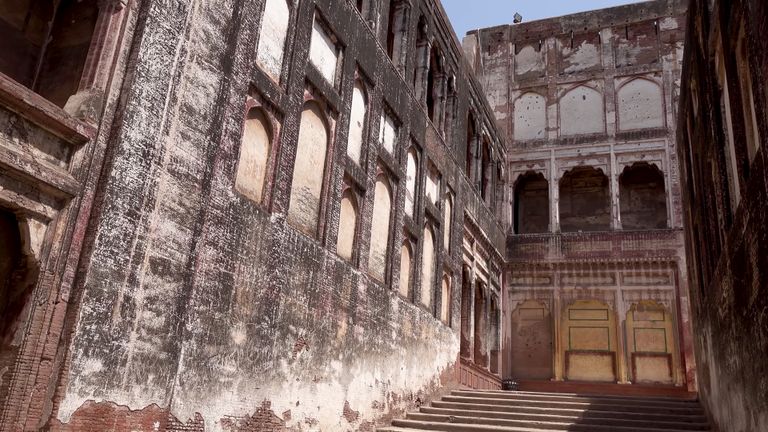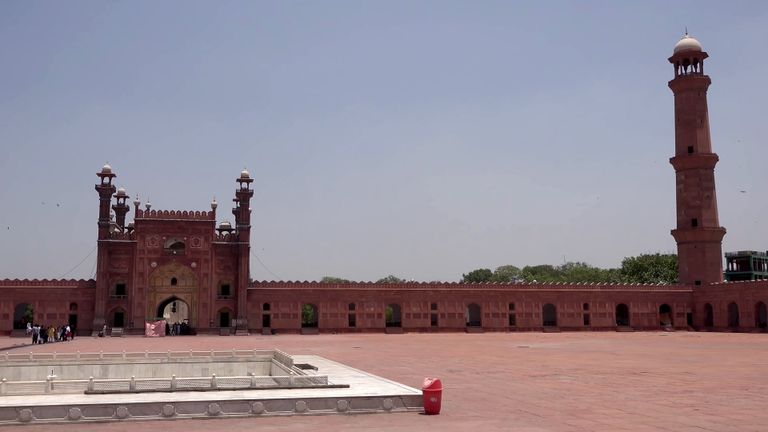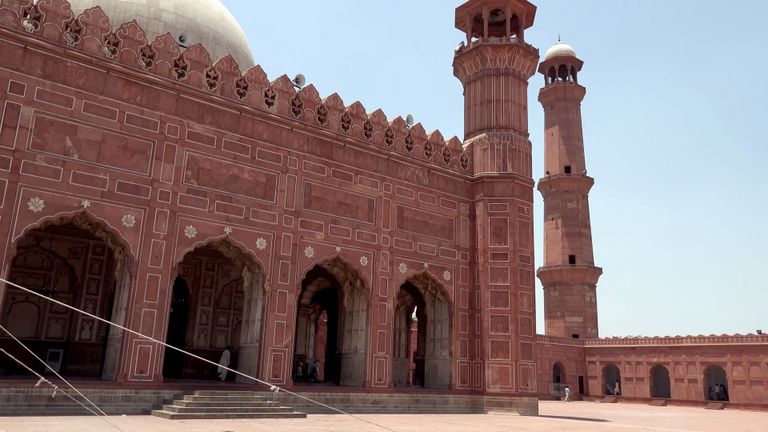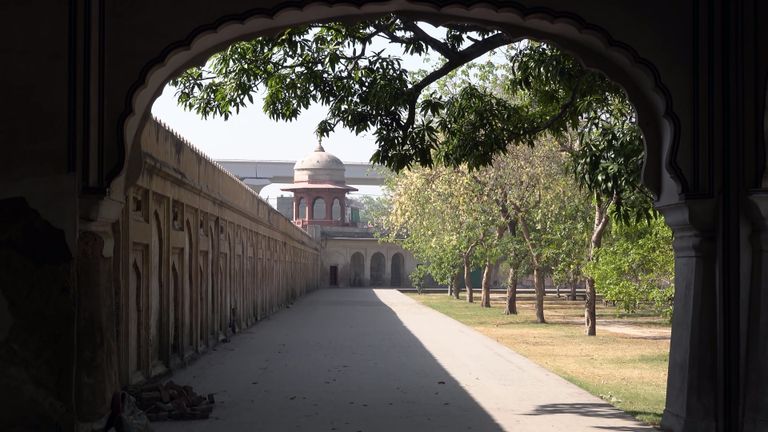


Lahora or Indian atmosphere with smog in the background


Lahore is a city called Little India. While staying there, you can feel the atmosphere of Indian towns, especially the famous Anarkali bazaar in Lahore, which has been selling Indian goods for decades. Despite the hostility between the two countries, the people of Pakistan and India think otherwise. There is even a gate that is called Delhi, an ancient example of Pakistan opening up to India. In general, the city is considered the most polluted in the world when it comes to air quality. But despite the ubiquitous smog, it deserves a visit because of its interesting architecture, history and the multitude of monuments.



Badshahi Mosque





The most recognizable monument in Lahore is the Badshahi Mosque, which was built in 1674. It is one of the few significant monuments built during the long reign of Emperor Aurangzeb, and is now the fifth largest mosque in the world, and until 1986 it was the largest in the world. Its beauty, elegance, momentum and scale with which it was erected epitomize the achievements of the Mughal culture.


The construction of the mosque began in 1671 under the direction of Muzaffar Hussain (Fida'i Khan Kok), brother-in-law of Aurangzeb and governor of Lahore, and was intended to be a giant reliquary to protect a strand of the Prophet's hair. Badshahi Mosque was built on a square plan, each side of which is 170 meters long. The northern part of the mosque is situated on the banks of the Ravi River. There are four minarets in the courtyard. In 1846, the British took control of Lahore and used the Badshahi mosque as a military garrison, and it was only 6 years later that the mosque was returned to the Muslims. A few hundred yards further east is the beautiful Fort Lahore.




Fort Lahore




The original construction of the fort dates back to the 11th century, and its present shape is the reconstruction in the 16th century. The fort's early history is debated, but one thing is certain, the fort was thoroughly modernized during the reign of Emperor Akbar (mid-16th century). In 1566, the mud-brick fort was pulled down and built of baked brick. The fort was modified constantly, even during the colonial period during the British rule, it was then transformed into barracks, hospitals, and the beautiful gardens were destroyed and turned into tennis courts.


Shahi Hammam


Known as Hammam Wazir Khan, it is the only surviving bathhouse of its type in Lahore. During the Mughal reign, hammams (public baths) were built in large numbers on the Persian model, but they were popular only for a while. The Shahi Hammam was built by Sheikh Ilmuddin Ansari right next to the Delhi Gate along the path to the Wazir Khan mosque under construction at that time. It featured separate swimming pools for men and women, and also included amenities such as an emergency room and a small prayer room. The interior of the baths is mostly intact and contains frescoes from the Mughal era. Today the Shahi Hammam bathhouse is no longer used as it was and has been transformed into a tourist information center.

Wazir Khan Mosque


The Wazir Khan Mosque was built in 1634 by Sheikh Ilm-ud-din Ansari, the viceroy of Punjab. Wazir Khan acquired a large area of land in Lahore, bounded by the Delhi Gate to the east and Fort Lahore to the west. He founded a mosque that now bears his name.

A distinctive architectural feature of the mosque is the use of minarets in each of its four corners. A large part of the mosque is built of cut and finished bricks decorated with mosaics of glazed tiles. An interesting feature of the mosque is the location of 22 shops on the ground floor, which are located on both sides of the entrance hall and create a unique bazaar that is bustling with life to this day.


Lahore city of gardens?


The gardens of Shalamar originated in the 16th century, and for a long time Lahore deserved to be called the city of gardens. Unfortunately, not many of them have survived to this day. The exception is Shalamar, where the condition of the garden is close to the original one, it covers approximately 40 acres and is situated on three terraces.

